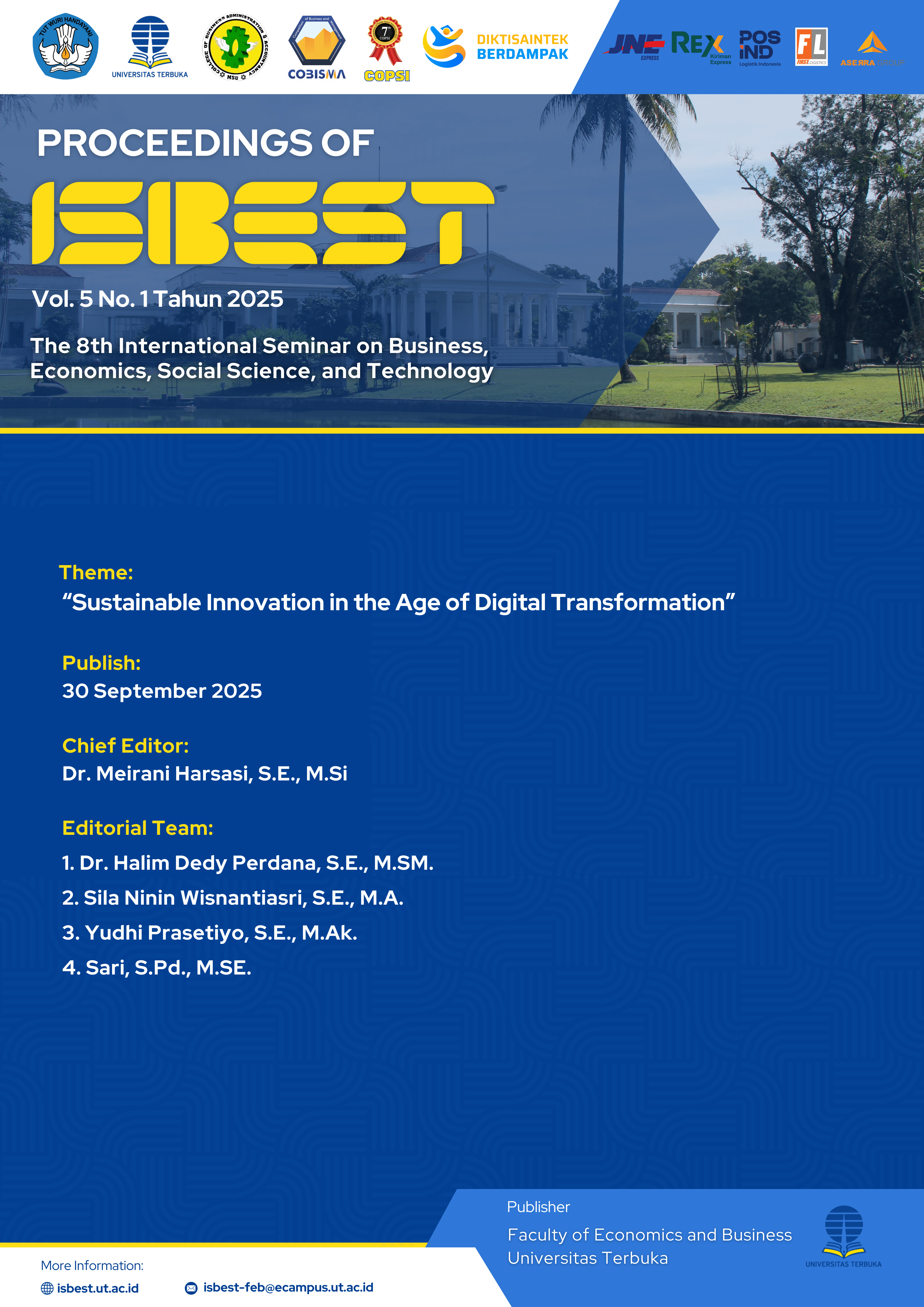ANALYSIS OF CENTRAL GOVERNMENT REPORTING USING THE INTEGRATED REPORTING APPROACH: A STUDY OF ADAPTATION AND PUBLIC SECTOR ACCOUNTABILITY IMPLICATIONS
DOI:
https://doi.org/10.33830/isbest.v5i1.6295Keywords:
accounting, reporting, Good Corporate GovernanceAbstract
This study investigates the applicability and potential benefits of adopting the Integrated Reporting (IR) framework for central government reporting in Indonesia. Developed by the International Integrated Reporting Council (IIRC), IR provides a holistic, future-oriented approach by integrating financial and non-financial disclosures to communicate how public institutions create long-term value. The research assesses the alignment of three key government reports, the Central Government Financial Report (LKPP), Performance Accountability Reports (LAKIP), and Ministerial Strategic Plans (Renstra), with IR principles. Using a qualitative content analysis and a 22-item disclosure index adapted from Tudor, the study examines two dimensions: value creation and the six capitals (financial, manufactured, human, intellectual, social and relationship, and natural). Findings show strong coverage of mission statements, financial performance, and human capital, but limited forwardlooking strategic outlook, stakeholder engagement, and integration of all six capitals. These gaps reflect structural issues in inter-ministerial coordination and the predominance of compliance-driven reporting. The study concludes that implementing IR could significantly enhance narrative coherence, stakeholder engagement, and long-term strategic planning in the public sector. Recommendations include integrating existing reports into a single IR-based document, developing comprehensive performance indicators for all capitals, and implementing a phased roadmap for IR adoption.
Downloads
Published
Conference Proceedings Volume
Section
License
Copyright (c) 2025 Rido Aprianda, Khusnul Khotimah

This work is licensed under a Creative Commons Attribution 4.0 International License.
This journal using Creative Common CC BY 4.0



